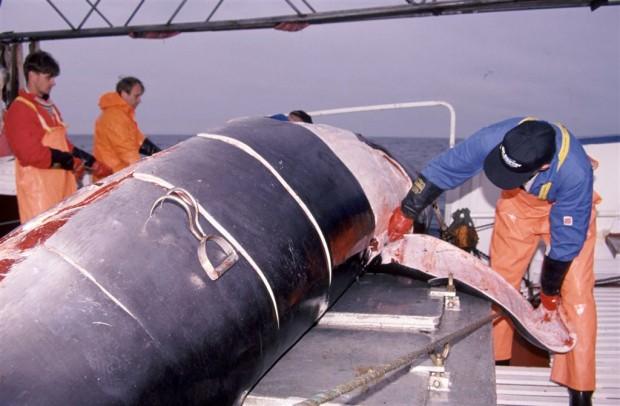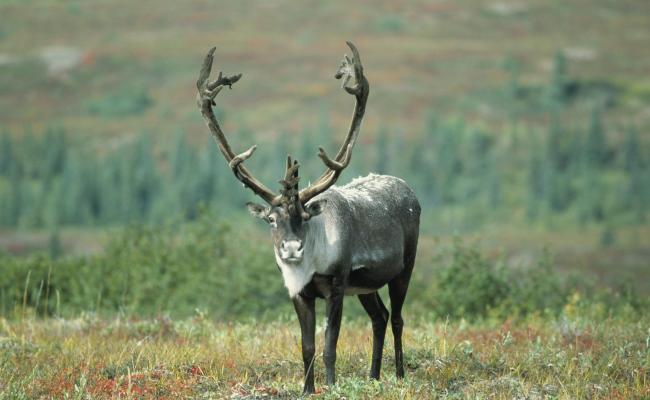Iceland to End Whaling in 2024 as Demand Dwindles

A minke whale is flanged. (Archive photo: Bjørn Tore Forberg, Institute of Marine Research)
Japan’s return to commercial whaling in 2019 has left few buyers for Iceland’s whalemeat.
Iceland, one of the only countries that still hunts whales commercially, along with Norway and Japan, plans to end whaling from 2024 as demand dwindles, the fisheries minister Svandis Svavarsdottir has said.
“There are few justifications to authorise the whale hunt beyond 2024, when current quotas expire", Svandis Svavarsdottir, a member of the Left Green party, wrote in a column in Morgunblaðið newspaper.
“There is little proof that there is any economic advantage to this activity,” she said.
Iceland’s annual quotas for 2019-23 allow for the hunting of 209 fin whales – the planet’s second-largest species after the blue whale – and 217 minke whales, one of the smallest whale species. But for the past three years, the two main licence holders have suspended their whale hunts.
Only one whale has been killed in the past three years, a Minke whale in 2021. Demand for Icelandic whale meat has decreased dramatically since Japan – the main market for whale meat – returned to commercial whaling in 2019 after withdrawing from the International Whaling Commission (IWC).
Svavarsdottir points out to Morgunblaðið that the fishing has been controversial and recalls that a US retail chain has stopped marketing Icelandic products for a while due to the case. In 1989, the effect was greater, but then there was a disruption in the sale of fish in foreign markets.
According to The Guardian, the hunt had also become too expensive after a no-fishing coastal zone was extended, requiring whalers to go even farther offshore. Additionally, safety requirements for imported meat were more stringent than for local products, rendering Icelandic exports more difficult.
Social distancing restrictions to combat the coronavirus pandemic also meant Icelandic whale meat processing plants were unable to operate as normal. In Iceland’s last full season in 2018, 146 fin whales and six Minke whales were killed.
Iceland resumed commercial whaling in 2006 despite a 1986 IWC moratorium, which it had opposed.




